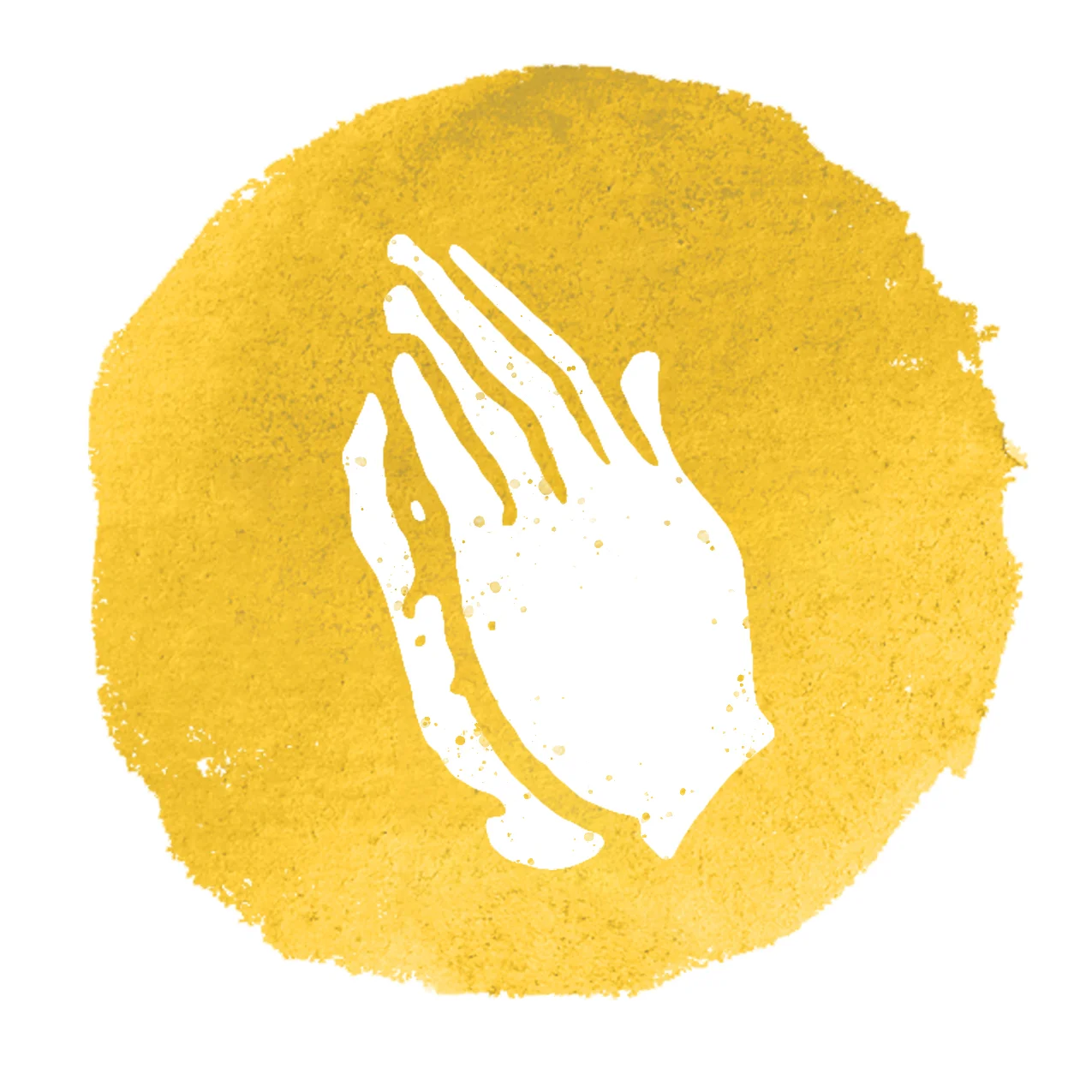In the liturgical year of the church, we have entered the season of Eastertide. We spent weeks walking through the repentance and fasting of Lent, and then we experienced the pain and darkness of Holy Week as we commemorated Jesus' last supper with his disciples, agony in the garden, betrayal at the hands of a friend, and his suffering and death. We then spent a long Saturday watching for resurrection.
And then, on Easter, we celebrated new life, resurrection life. We rang bells and shouted joyful "alleluias" during our Easter celebrations.
But the celebration of Easter doesn't end when the ham is stowed back in the refrigerator and the chocolate smears have been wiped off the tiny mouths. The celebration of Easter continues for a whole 50 days: the 40 days of Lenten fasting, plus another 10; a week of weeks spent rejoicing in the risen Christ.
Most of us are used to celebrations that last a single day: Birthdays. Anniversaries. The Fourth of July. We celebrate for a day, then return to our normal life.
But the rhythm of the liturgical year asks us to extend our celebration beyond a single day. If our preparation for Easter lasts for 40 days, why shouldn't our celebration last just as long? Easter is the high point of the Christian year; the beautiful reality of the resurrection certainly deserves more than a single day of celebration.
In a society that constantly moves on to the next thing, spending 50 days in celebration can feel just as counter-cultural — perhaps even more so — as spending 40 days in fasting and repentance. What might it even look like to spend seven weeks celebrating Easter?
In our weekly worship, you'll notice some special reminders that we are in a celebratory season:
The white and gold banners behind the altar, the gold stoles worn by the priests and deacons, and the white albs worn by the prayer and communion ministers all symbolize celebration and resurrection. In Children's Worship, our children sing about the colors of the church year: "White says rejoice! The feast is here."
The Paschal candle — the tall white candle with the cross — was kindled with new fire during the Easter Vigil and will burn during all of our Eastertide services.
At the beginning of worship, we exchange the Easter greeting. The celebrant says, "Alleluia! Christ is risen!" and the congregation responds, "The Lord is risen indeed! Alleluia!"
Along with this greeting, our "alleluias" have returned throughout the liturgy, before the gospel, in the Great Thanksgiving, and in the dismissal.
The children continue to dance with streamers, a reminder for them and for the congregation that we are continuing to celebrate Easter.
At home, you might also incorporate some of these practices:
Use white or gold seasonal decorations — even a simple tablecloth or runner can be a good reminder of this season of Eastertide.
If you have a Paschal candle, or a white candle, burn it during meals or devotions.
Eastertide is a celebration, a feast, in contrast to the fasting of Lent. Find ways to "feast": share a meal with friends and exchange the Easter greeting, take time to relax and enjoy nature, buy discount Easter candy to last through the season!
We often assume that discipline applies to hard things — after all, who needs to be disciplined in order to celebrate Christmas or a birthday? But Eastertide asks us to be disciplined in our celebration of Christ's resurrection. As we see from Jesus' disciples, who went back to fishing after they encountered the risen Christ, it can be all too easy to forget that the resurrection should impact our daily lives.
Just as Lent reminded us that we need a savior, Eastertide reminds us that we serve the risen Christ. And so let us light our candles and ring our bells for the 50 days of Easter in celebration.
Alleluia! Christ is risen!
For more ideas about how to celebrate Eastertide, see this post from our diocese, Churches for the Sake of Others.
Sarah Lindsay currently serves as the Director of Communications and Coordinator of Children’s Ministry at Savior. Sarah has a background in teaching (English literature and writing) and she enjoys reading and writing. She has been an Anglican since she discovered liturgical worship in college; she and her family joined Savior in 2017.


